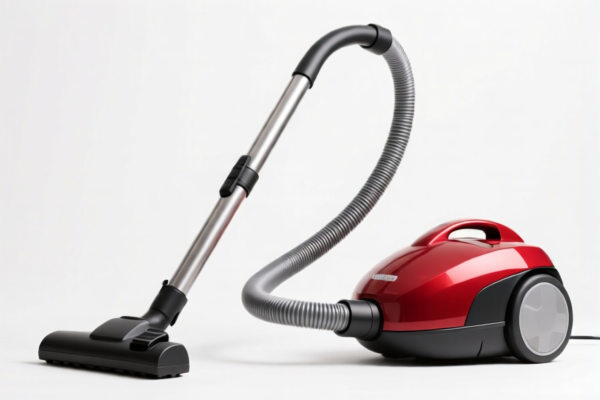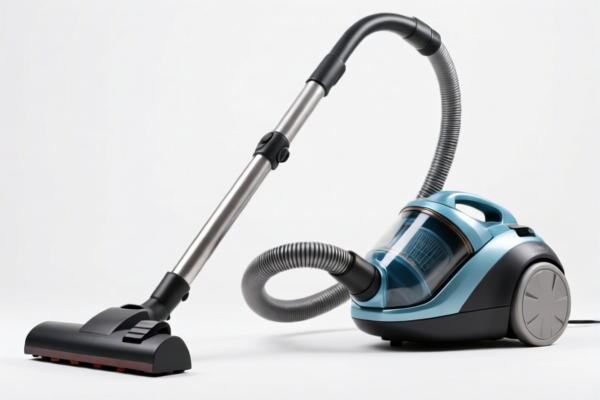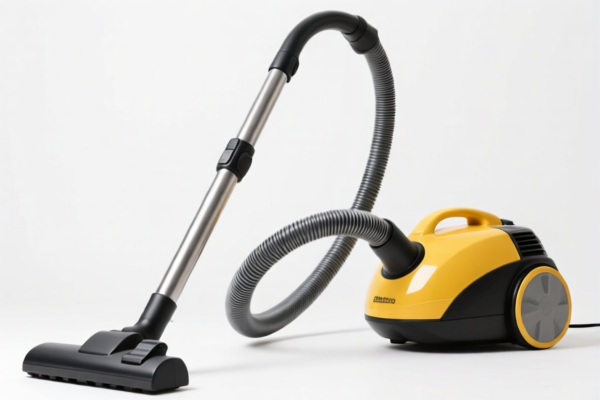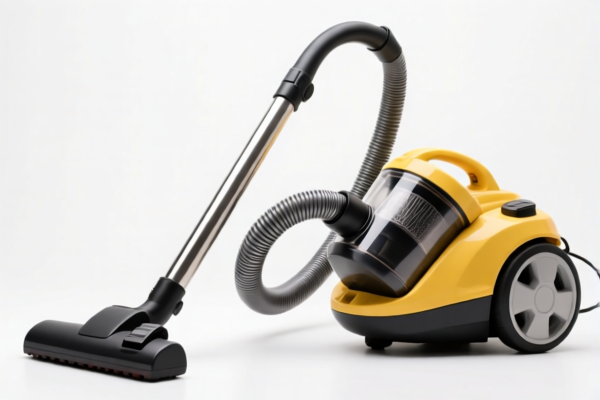| HS Code | Official Doc | Tariff Rate | Origin | Destination | Effective Date |
|---|---|---|---|---|---|
| 8543706000 | Doc | 55.0% | CN | US | 2025-05-12 |
| 7321890050 | Doc | 62.5% | CN | US | 2025-05-12 |
| 8451100000 | Doc | 55.0% | CN | US | 2025-05-12 |
| 3926909989 | Doc | 42.8% | CN | US | 2025-05-12 |
| 3901909000 | Doc | 61.5% | CN | US | 2025-05-12 |
| 9031808085 | Doc | 30.0% | CN | US | 2025-05-12 |




Okay, let's break down the HS codes you've provided for "ULTRASONIC CLEANER". I'll analyze each one, explain the meaning of the code, and highlight potential considerations for import.
Understanding HS Codes: A Quick Primer
HS codes (Harmonized System codes) are internationally standardized codes used to classify traded products. They're crucial for determining tariffs, taxes, and import regulations. The first 6 digits are generally standardized globally, while the last digits can vary by country.
Here's a breakdown of each code you provided:
1. 8543.70.60.00 – Electrical machines and apparatus… for connection to telegraphic or telephonic apparatus
- 85: Electrical machinery and equipment.
- 43: Electrical machines and apparatus having individual functions, not specified or included elsewhere.
- 70: Other machines and apparatus.
- 60: Articles designed for connection to telegraphic or telephonic apparatus.
- 00: Further specification (often country-specific).
- Tax: Base Tariff: 0.0%, Additional Tariff: 25.0%, Post 2025.4.2 Additional Tariff: 30%, Total Tax: 55.0%
- Considerations: This code could apply if your ultrasonic cleaner is specifically designed to work with communication equipment. However, it's a relatively narrow definition. It's important to confirm if this is the primary function.
2. 7321.89.00.50 – Stoves, ranges, grates, cookers… of iron or steel
- 73: Articles of iron or steel.
- 21: Stoves, ranges, grates, cookers, etc.
- 89: Other appliances.
- 00: Further specification.
- 50: Other, including appliances for solid fuel.
- Tax: Base Tariff: 0.0%, Additional Tariff: 7.5%, Post 2025.4.2 Additional Tariff: 30%, Total Tax: 62.5%
- Considerations: This code is unlikely to be appropriate unless your ultrasonic cleaner is designed to function as a cooking appliance (which is highly improbable).
3. 8451.10.00.00 – Machinery for washing, cleaning, wringing, drying… textile articles
- 84: Nuclear reactors, boilers, machinery and mechanical appliances.
- 51: Machinery for washing, cleaning, wringing, etc.
- 10: Dry-cleaning machines.
- 00: Further specification.
- Tax: Base Tariff: 0.0%, Additional Tariff: 25.0%, Post 2025.4.2 Additional Tariff: 30%, Total Tax: 55.0%
- Considerations: This is the most likely HS code for a standard ultrasonic cleaner. It's designed for cleaning purposes. However, confirm that it's not specifically used for textiles only.
4. 3926.90.99.89 – Other articles of plastics
- 39: Plastics and articles thereof.
- 26: Other articles of plastics.
- 90: Other.
- 99: Other.
- 89: Other.
- Tax: Base Tariff: 5.3%, Additional Tariff: 7.5%, Post 2025.4.2 Additional Tariff: 30%, Total Tax: 42.8%
- Considerations: This code would apply if the body of the ultrasonic cleaner is made of plastic and doesn't fit into more specific plastic categories.
5. 3901.90.90.00 – Polymers of ethylene
- 39: Plastics and articles thereof.
- 01: Polymers of ethylene.
- 90: Other.
- 90: Other.
- 00: Further specification.
- Tax: Base Tariff: 6.5%, Additional Tariff: 25.0%, Post 2025.4.2 Additional Tariff: 30%, Total Tax: 61.5%
- Considerations: This code applies if the ultrasonic cleaner contains significant amounts of polyethylene as a raw material.
6. 9031.80.80.85 – Measuring or checking instruments
- 90: Optical, precision, medical, surgical, dental, veterinary instruments.
- 31: Measuring or checking instruments.
- 80: Other instruments, appliances and machines.
- 80: Other.
- 85: Other.
- Tax: Base Tariff: 0.0%, Additional Tariff: 0.0%, Post 2025.4.2 Additional Tariff: 30%, Total Tax: 30.0%
- Considerations: This code might apply if your ultrasonic cleaner has advanced measuring or testing functions (e.g., precise timing, frequency control, or data logging).
Recommendations:
- Confirm Material Composition: What is the primary material of the ultrasonic cleaner's body (plastic, metal, etc.)?
- Functionality: Is it specifically designed for textiles, or is it a general-purpose cleaner?
- Advanced Features: Does it have any advanced measuring, testing, or data logging capabilities?
- Check with Customs: The best course of action is to consult directly with your country's customs authority. Provide them with a detailed description of the ultrasonic cleaner and its intended use.
- Consider a Binding Ruling: For certainty, you can request a binding ruling from customs. This is a formal decision on the correct HS code for your product.
- Be Aware of the April 2025 Tariff Changes: The additional tariffs are increasing in April 2025. Factor this into your cost calculations.
Disclaimer: I am an AI and cannot provide definitive customs advice. This information is for general guidance only. Always consult with a qualified customs broker or your country's customs authority for accurate and up-to-date information.
Customer Reviews
No reviews yet.